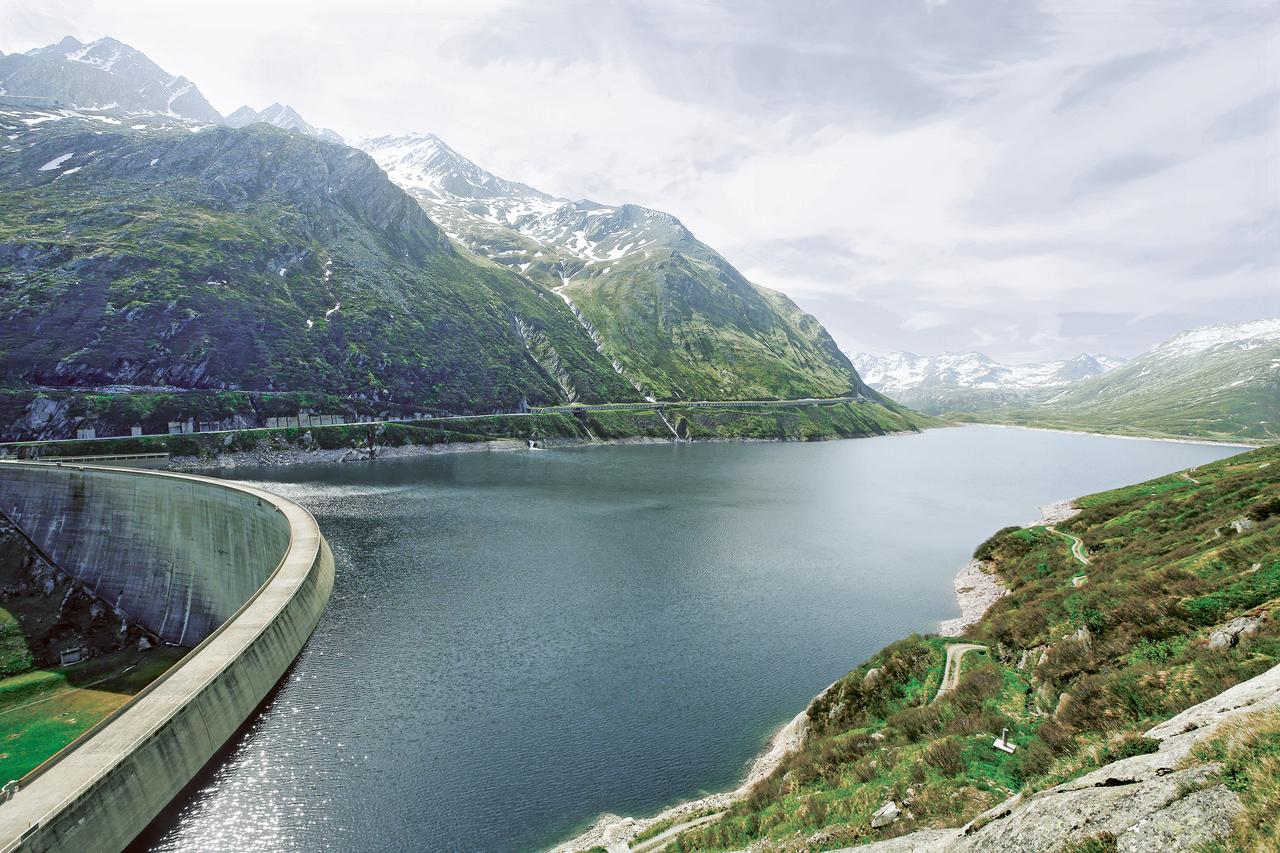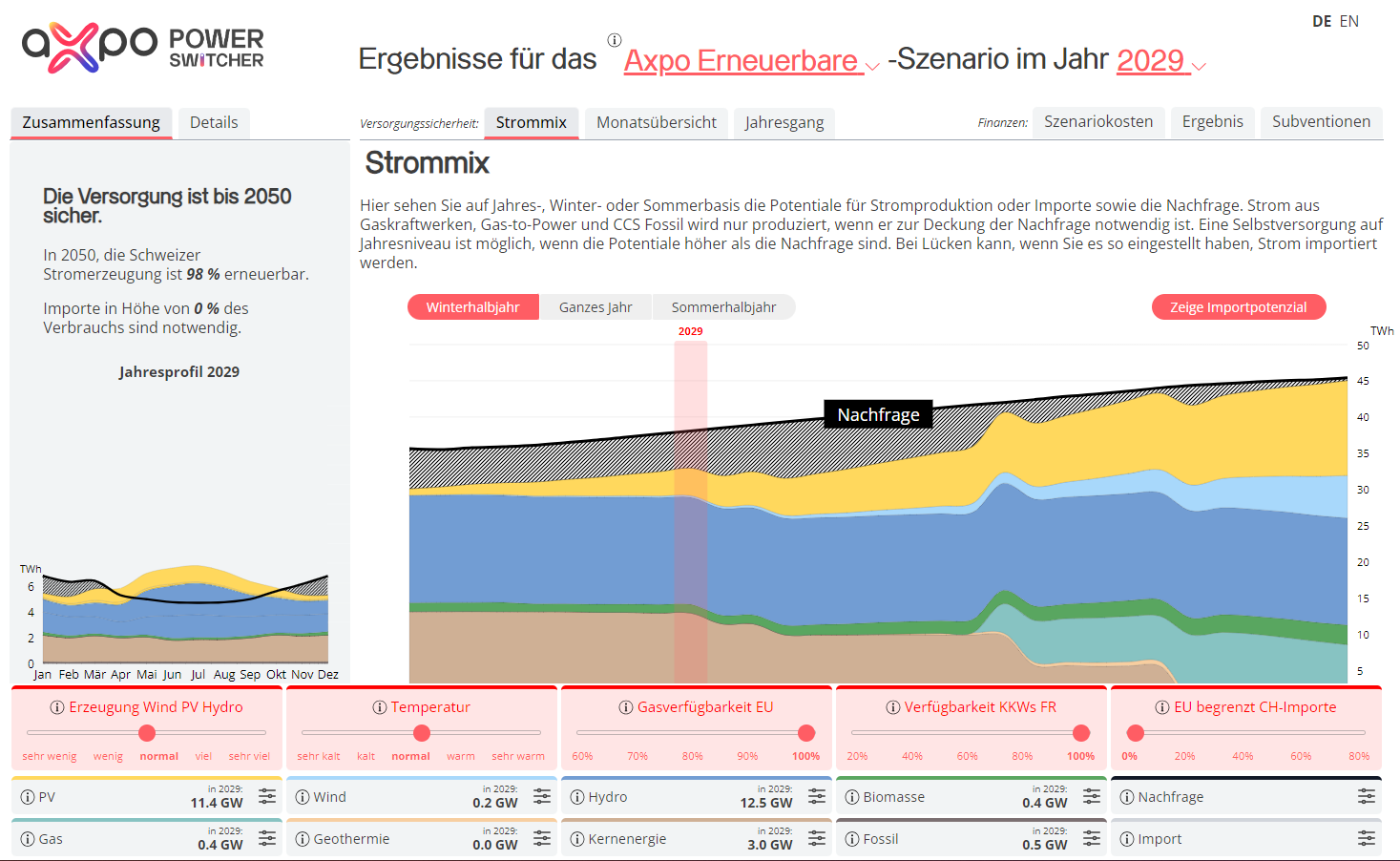08.03.2023 | Discoveries of natural hydrogen are accumulating
Natural hydrogen: More than just a hope?
Hydrogen (H2) is the most abundant element in the universe. But it cannot simply be mined and used. Hydrogen must first be produced. Recently, however, there has been an increase in the number of natural hydrogen deposits found underground.
It all began in the late 1980s in Mali. Workers dug a 100-metre-deep borehole in the ground for a new well. They found no water, but "wind came out of the hole", as the US science magazine Science quotes a witness. And even better, the "wind" was combustible and has since powered a small generator that can produce electricity for an entire village.
And best of all, this natural hydrogen deposit is probably far from the only one. There are supposed to be "enormous quantities" of underground hydrogen reserves worldwide, writes the German trade magazine Ingenieur.de. In Africa, at least, the potential of natural hydrogen for the continent's energy supply - and possibly for export - is now to be investigated. This is part of a research and innovation partnership between the European Union and the African Union called "HyAfrica".
With the underground deposits, the "hydrogen rainbow" (see box) is getting a new colour: white hydrogen. How is it produced? A series of processes leads to the formation of hydrogen in the deep geological underground, says the newsletter "Commodity TopNews". In any case, the deposits are not limited to Africa, white hydrogen is found all over the globe, as is explained in a detailed article. At the same time, the authors warn against exaggerated hopes. "Whether and to what extent geogenically formed hydrogen can be used as a fuel in the 21st century cannot be conclusively assessed at present". For sufficiently large hydrogen accumulations to be created and used, a number of preconditions are needed that have not yet been completely clarified.
There is currently no way around H2 production
Nobody knows today how large natural hydrogen deposits really are. "Based on current knowledge, it is therefore too early to judge their importance today," says Guy Bühler, Head of Hydrogen at Axpo. Of course, usable natural hydrogen sources would be interesting. However: "In order to drive decarbonisation forward quickly, the production of hydrogen will be unavoidable in the next few years."
How hydrogen is produced
Green hydrogen: Low-CO2 production by electrolysis of water with electricity from renewable sources, e.g. hydropower, wind or solar energy.
Grey hydrogen: Production by steam reforming, mostly from natural gas. This produces around 10 tonnes of CO2 per tonne of hydrogen, which is released unused into the atmosphere.
Blue hydrogen: Grey hydrogen, but the CO2 is partly stored in the ground.
Turquoise hydrogen: Produced by the thermal fission of methane. This produces solid carbon. The process called methane pyrolysis is currently still under development.
Yellow hydrogen: Production by electrolysis from the electricity mix in the existing grid. In Switzerland, this is mainly electricity from hydropower and nuclear power.
Pink hydrogen: Electrolysis with electricity from nuclear power. Nuclear power is almost CO2-free in operation, but its energy source is non-renewable.
Brown hydrogen: Production by steam reforming from lignite without CO2 capture.
White hydrogen: Refers to hydrogen deposits that occur naturally underground.




.jpg)





